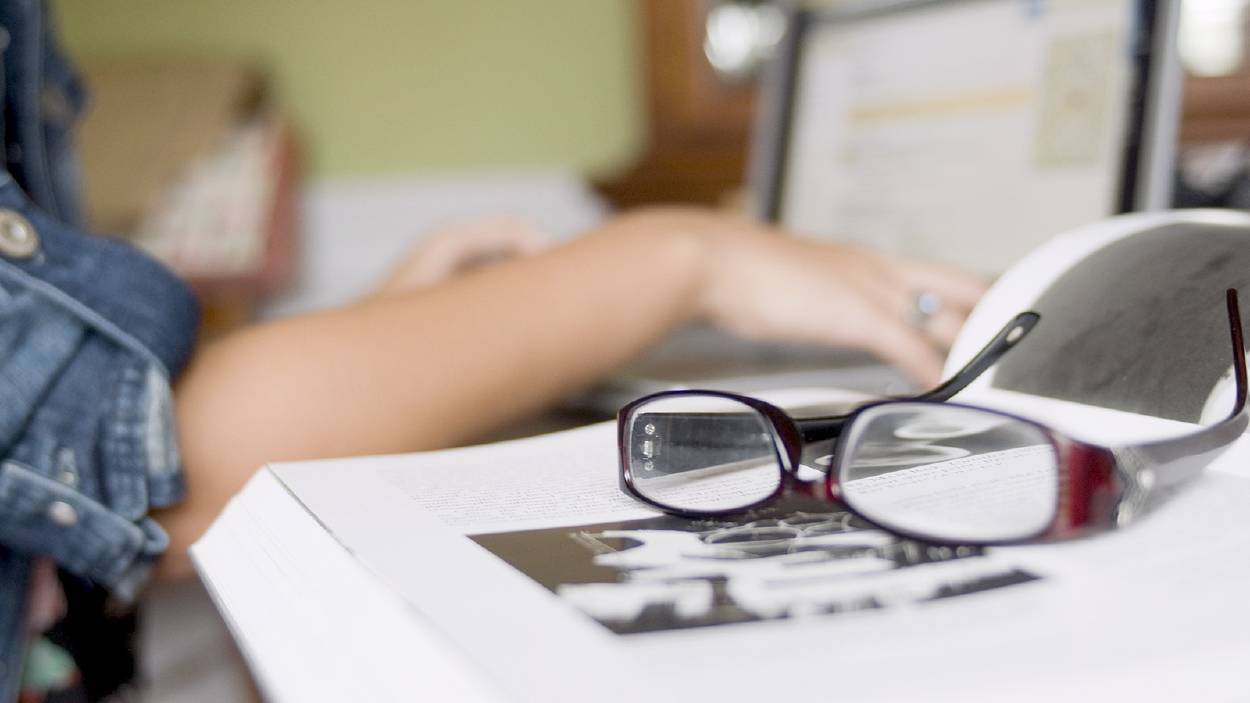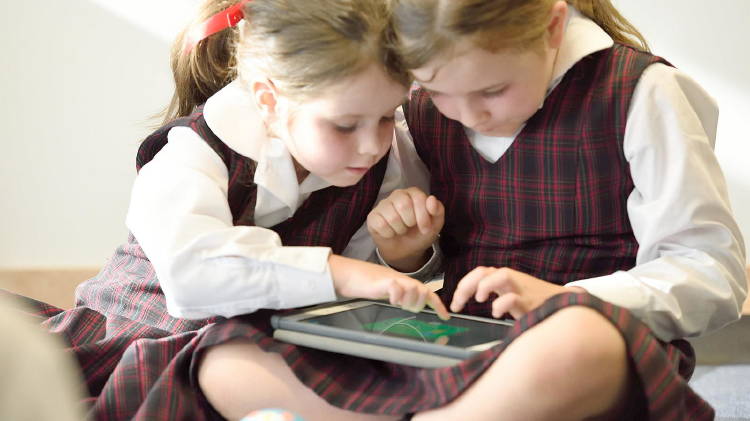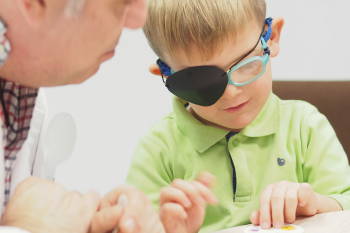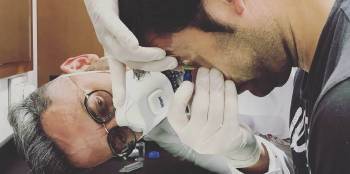
Confinement - How can online learning affect my children's vision?
During the quarantine due to coronavirus, the majority of school children and students continue at home. This causes children spend even more hours in front of the screens.
Authors: Diego López Alcón, OD, Francisco Lara Ph.D., OD, Rosa Salmerón Campillo OD, Vicente Fernández-Sánchez, OD, Norberto López-Gil Ph.D.
Additional revision by: José Manuel González-Meíjome y Gonzalo Carracedo.
Table of contents
- Introduction - Direct effects of coronavirus on human ocular health
- Can I continue to use contact lenses during the COVID-19 outbreak?
- What precautions should we expect going to see an eye doctor during COVID-19?
- Confinement - How can online learning affect my children's vision? (the present article)
- Bibliography relevant to ocular health in the context of COVID-19
How can online learning affect my children's vision?
During the quarantine due to the coronavirus, the majority of school children and students continue learning at home. This makes children spend even more time in front of electronic screens. Online learning can be as valid and effective as the traditional model, one recent example of which is the Khan Academy Award by the Princess of Asturias for International Cooperation. However, visually, the main differences exist between traditional and online models of studying:
a) Distance: In the online learning method, the distance to the learning material displayed on the screen is much shorter than in a classroom (say, 40 cm compared to more than 4 m). As an example, the effort made by the eye to focus on said materials is 10 times greater than it would be in a classroom with the blackboard 4 meters away.
b) Illumination: The lighting at home is usually less bright than in schools (150 lux vs. 300 lux15) although this parameter depends a lot on the construction of the house and its sun exposure. For comparison, on a sunny day the light level usually exceeds 10,000 lux outside, on a sunny day.16

There are many recent scientific articles that indicate that both near work at close distances and chronic exposure to low levels of illumination can trigger myopia development and progression.17
Fortunately, most mobile devices are factory-fitted with applications that can limit, the daily screen time of electronic devices. The new myopia.app also allows to control the near work distance, and provide advice on light levels.18,19 The app is based on scientific studies carried out by a number of researchers studying progression of myopia in children over many years.20-22
Continue reading
- Introduction - Direct effects of coronavirus on human ocular health
- Can I continue to use contact lenses during the COVID-19 outbreak?
- What precautions should we expect going to see an eye doctor during COVID-19?
- Confinement - How can online learning affect my children's vision? (the present article)
- Bibliography relevant to ocular health in the context of COVID-19




